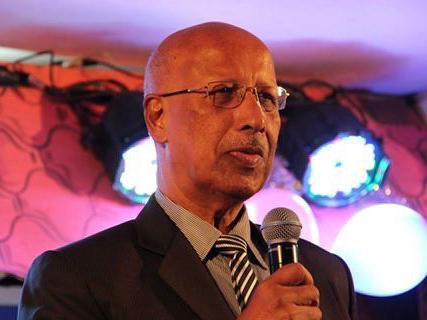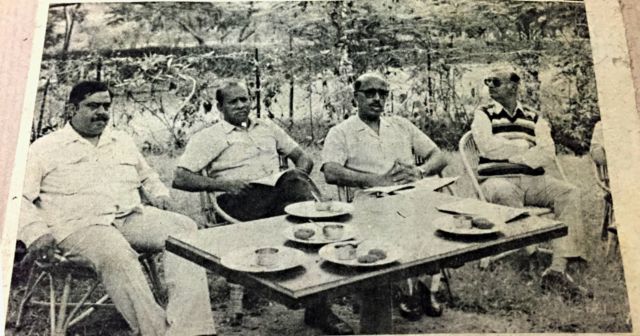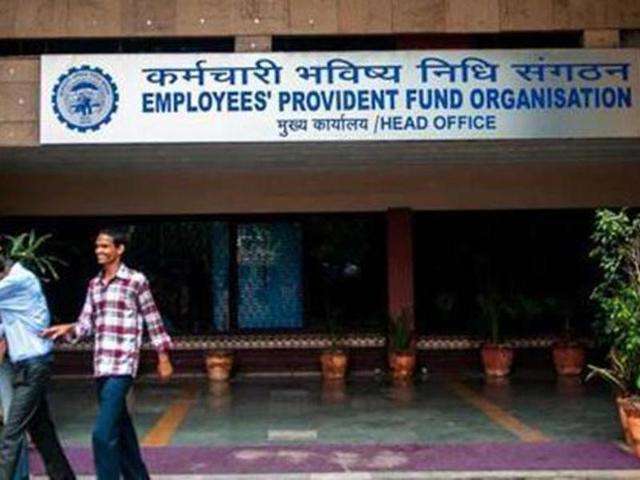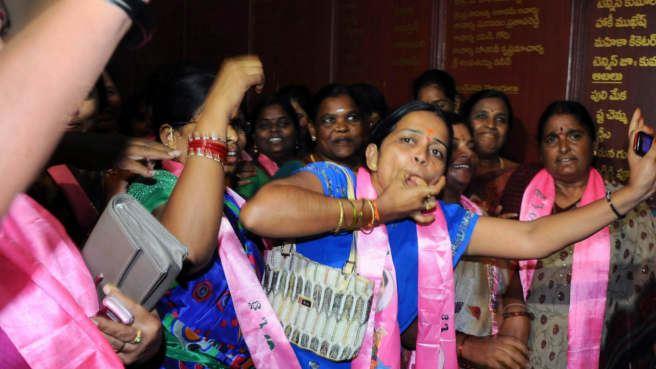January 29, 2016
Mathunny Mathews is the inspiration for Akshay Kumar’s role in the film Airlift. The real story of this Malayali entrepreneur who coordinated the evacuation in Kuwait in 1990.

Mathunny Mathews at a press meet organized by the Kuwait Indians' Evacuation Committee in 1990
January 29, 2016
Mathunny Mathews is the inspiration for Akshay Kumar’s role in the film Airlift. The real story of this Malayali entrepreneur who coordinated the evacuation in Kuwait in 1990.

Mathunny Mathews at a press meet organized by the Kuwait Indians' Evacuation Committee in 1990
Akshay Kumar claims to have lived the life of Mathunny Mathews in his head for nine long months, while essaying the real character in the current Bollywood flick Airlift. Mathunny Mathews (popularly known as Toyota Sunny), at 80, is indisposed, but pleased that the actor has celebrated his efforts, along with that of several others, in their herculean task of organizing and coordinating the evacuation of 1, 70,000 stranded Indians during the Iraqi invasion of Kuwait in 1990. The film is the story of their heroic efforts, with him in lead, and of India’s largest, record-setting humanitarian evacuation in the history of the world. The film has caught Indians by their heart.
Little did Sunny, who hails from Kumbanad in Pathanamthitta and who began life in Kuwait as a 20-year-old, know that his story would stoke such patriotic fervor.
“My father has not seen the movie but he is pretty emotional that it has become very popular. I have seen it and am proud that it was made and in turn has found some recognition for my father’s efforts. Of course, he is not alone in this and other people also need to be credited,” says James, Mathunny’s son.
Ranjit Katiyal (Akshay Kumar), is an influential businessman in Kuwait, who with his contacts and familiarity with the land, organizes a labour camp that shelters fleeing Indians during the 1990 war. He simultaneously negotiates with the Iraqi government and co-ordinates with the Indian government enabling the safe passage of Indians. The entire movement in real life took 488 Air India flights in 59 days and is the largest humanitarian evacuation in the world.
Popularly known as Toyota Sunny, because he began work in Kuwait with the Toyota agency owned by the Al-Sayer Group and went on to retire in 1989 as its MD, Sunny came to Kuwait by ship in 1956. During his long years there he was able to form a good network of friends and well wishers. He became chairman of the Indian School in Kuwait and held many top positions in various social organizations. He was one of the founding members of the Indian Art’s Circle that brought Indians together. He encouraged a number of relatives and families from his village and other parts of Kerala to move to Kuwait and forge a prosperous livelihood fuelled by the oil economy.

(At a press meet organised by the Kuwait Indians' Evacuation Committee in 1990. Mathews is seen third from left. Photo: Special arrangement)
“That is the reason he felt responsible for the people when the war broke out and took it upon himself to help in the situation,” says James.
James, who was 25 at the time was in Kuwait during the invasion. He recalls, “Once the invasion was into the first three weeks, my father realized that nothing much was happening towards their relief. So he took it onto himself to go to Baghdad along with me, Thomas Chandy, currently an MLA from Kuttanad and Harbhajan Vedi, another businessman. He had a good equation with an engineering company and was moving some laborers into Jordan. He asked me to go with them so I was able to fly out on the first Air India flight to Mumbai.”
Sunny then had meetings with the Indian Ambassador to Iraq in Baghdad and returned to Kuwait. Once back he found that though basic services were available, food was running out along with water and other necessities. This compelled him to organize accommodation in schools and large compounds for laborers and others. The first camp was set in the Indian School of Kuwait in Salmiya, where many Indians resided. A committee was formed and they took over this responsibility. All this while he was in touch over HAM with Indian authorities enquiring about the opening of the Jordan border for Indians and other refugees. Once this was confirmed he started formulating a plan to move all Indians to Jordan. In the meantime one ship did make it to Basra (Iraq) and some Indians were moved on that ship to Dubai and onward to India. External Affairs Minister I.K. Gujral took some people back with him when he came to visit Kuwait.
James says that his father being in the vehicle business was on familiar ground and hence was able to organize transport for this mass movement of evacuees to Jordan. He negotiated a plan with Iraqi transporters, Indian authorities and the UN to move all Indians to Amman via Baghdad and into refugee camps by buses. “This meant 60 people per bus, around 200 buses and 10 trips per bus over 1,200 km one way; it was a logistical wonder and a mammoth task,” says James.
The committee coordinated issues like pick-up points, allocation of people, movement, payment to operators as most people had to pay for this (the needy were covered by the committee) security, convoy organization and stamping of passports. The final tie-up was with the UN for camps to be set up in Jordan and the people were moved into these camps while Air India organized flights out of Amman in a scheduled and organized manner. Finally, Sunny and his team came by ship to Dubai and flew back to Kuwait.
“My father came to Kuwait, on his own, to make a life here. He is a go-getter, a religious and strong man,” says James who was in touch with the film team. “Of course my father is just part of the story in which the bureaucrats in New Delhi, the Air India pilots, the committee members and the efforts of the Indian government had a big role to play, otherwise an operation of such scale could never take place,” says James.
Courtesy: Hindu

















































































































